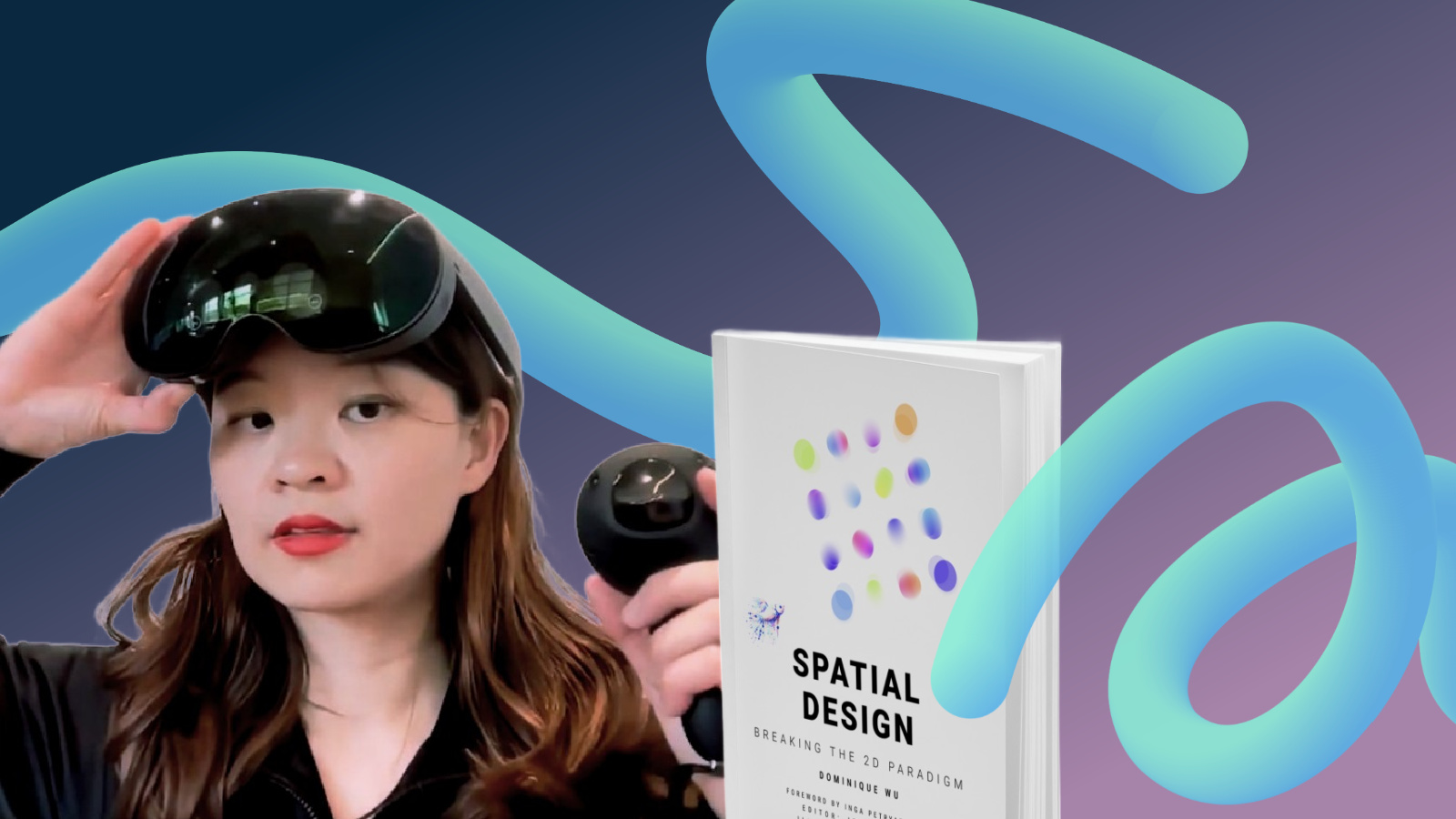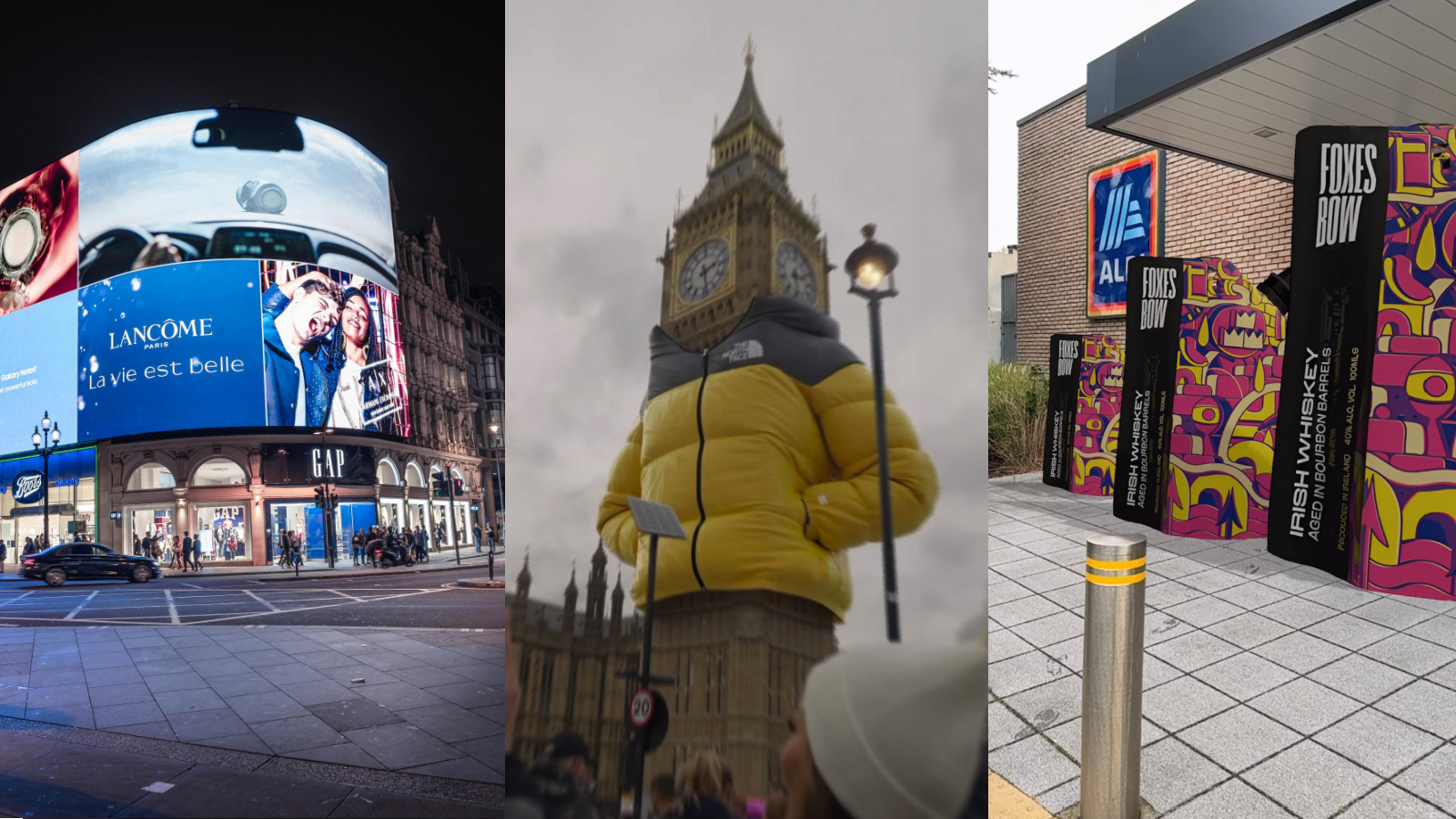“The relentless march of time claims everything in its path. Buildings crumble, landscapes change, and entire eras fade into history"
Much of our architectural heritage has been lost to time in a rapidly changing world. Time erodes, damages, and withers everything that was part of our identity and lifestyle at one point. Once full of character and detail, historical structures and spaces have either disappeared entirely or been replaced with modern, minimalist designs. This loss is not just about buildings; it's about the experiences and stories that were once an integral part of human history.
History is more than just tales of past societies—it's the foundation of our present. But what's gone is gone, right? Or is it? Enter the world of augmented reality (AR), where we harness the power of AR to recreate these lost landmarks, allowing people to step back in time and experience the richness of our architectural past. From grand structures long demolished to the subtle details of bygone eras, Imvizar's AR experiences offer an unparalleled journey through time.
In this blog, we explore how AR can recreate historical sites through our innovative projects, ensuring that the past is never truly lost.
Where Nothing Remains of the Structure
When no physical remains of a historical structure exist, it can be challenging to visualise what once stood in that space. The absence of remnants often leads to erasing that part of history from public memory. Augmented reality provides a unique solution by virtually recreating these lost landmarks, allowing people to experience and learn about the past in an immersive and engaging way.
Spotlight 1: Monto AR
Dublin's Monto district, once Europe's largest red-light district, has undergone significant transformations. Most of the buildings here have been flattened and demolished. Using AR, Imvizar has brought the district's hidden history to life. By overlaying old photographs onto the current landscape, users can see how the area once looked, with bustling shops and infamous brothels.
.png)
As users walk the streets of modern-day Monto, their phones become portals into history. They can see how the area once looked, with bustling shops and infamous brothels lining the streets. This juxtaposition of past and present creates a powerful and thought-provoking experience.
Spotlight 2: Spike Island - Digital Story Trail
Spike Island, located off the coast of County Cork, Ireland, was home to a 6th-century monastery and prison holding a rich and complex history. Today, nothing remains of this once-thriving religious centre. However, Imvizar's AR experience brings the monastery back to life.

To bridge the gap between past and present, Imvizar has developed a 30-square-meter AR experience that allows users to explore the monastery as it once stood. Through detailed 3D reconstructions based on historical illustrations, visitors can walk in and out of the huts and church that once comprised the monastery complex. This immersive experience provides a tangible connection to the past, making history accessible and engaging.

Partial Remains of the Structure
Many historical sites have undergone significant changes over time. While some structures partially remain, they often tell only part of the story and serve as a faint reminder of their former glory. These remnants provide a tangible connection to the past but usually fail to convey the full story and scale of the original building. Augmented reality can fill in the gaps, overlaying historical details onto the existing remains to offer a complete picture.
Spotlight: Waterford Digital Story Trail
In Waterford, we revived the story of Anastasia Fleming, an 18th-century silversmith. Her shop still stands but has been repurposed into a modern jewellery store. Through AR, visitors can see a reimagined façade of her original shop, complete with historical context and details. This blend of past and present allows visitors to appreciate the craftsmanship and history that might otherwise go unnoticed. This immersive journey through Waterford's heritage highlights the city's rich history and the evolution of its landmarks.

Completely Different Structure
In some cases, entire structures have vanished, replaced by something entirely different. AR allows us to virtually "see through" the present and reclaim the lost landmarks that once stood there. AR can foster a sense of appreciation for the architectural heritage that has been lost to time. It can also spark conversations about the importance of preserving existing historical structures and the irreplaceable character they bring to our cities.
Spotlight 1: The Chambers Building in Sydney
The Chambers Building in Sydney, Australia, was a beautiful landmark constructed in 1875 and demolished in 1960. Imvizar's AR experience resurrects this lost architectural gem, allowing users to virtually "see" the Chambers Building once again. This reconstruction provides a visual connection to Sydney's past, showcasing the city's architectural heritage.

Spotlight 2: Meaghars Pub in Monto
Similarly, in Dublin's Monto district, Meaghars Pub, a well-known establishment from the red-light district era, has been brought back to life through AR. The pub was a pivotal part of the social life of the residents. Through this reconstruction, users can experience the pub's former character and vibrancy.

Internal Reconstruction
Internal reconstructions involve recreating the interiors of historical structures that either no longer exist or have been significantly altered. By recreating internal spaces, AR allows us to connect with the past on a more personal level. We can not only see the spaces themselves but also imagine the sights, sounds, and even smells that would have filled them.
Spotlight 1: Spike Island’s Children’s Prison
Spike Island's history isn't just about grand buildings; it's also about the lives of the people who inhabited it. One of the most harrowing chapters in Spike Island's story is the period when it housed a prison for young boys with up to 50 boys at a time sleeping in hammock-style beds chained to wooden structures.
.png)
Imvizar's AR experience allows visitors to step inside a chilling recreation of the children's prison. The experience features a full reconstruction of the wooden structure, their beds and overall capturing the pitiful state of the boys. This immersive experience offers a glimpse into the harsh realities faced by those young prisoners.
Spotlight 2: Salesforce Dublin Tower
The Salesforce Tower currently stands on the ground where there once was the Old Railway Hotel. Using AR we created a "window into the past" at the historic Hotel. Through a curved bay window, visitors could experience a virtual recreation of the hotel's drawing room in the early 1900s, showcasing the elegance and charm of a bygone era.

Preserving the Emotions More Than the History
Some time back, The Cultural Tutor on Twitter highlighted the dangers of minimalism and simplification in design, which often strip away the character and details that make historical structures unique. At Imvizar, we believe that AR is a powerful tool for preserving and celebrating this lost architectural heritage. Beyond just visualising history, AR enables us to form a deeper emotional connection to the past. When you can see and hear what a place used to be like and move around it on your own terms, you gain a profound sense of its importance and the events that transpired there. This immersive engagement allows history to come alive, transforming abstract historical knowledge into a heartfelt experience. By walking through these recreated spaces, you can truly feel the weight of history, understand the significance of the location, and appreciate the stories that shaped our world.
Are you ready to bring history to life and create unforgettable experiences for your audience? Partner with Imvizar to develop cutting-edge AR solutions that captivate, educate, and engage. Book a call today to learn how we can transform your vision into reality and make the past come alive in the present.





.jpg)





